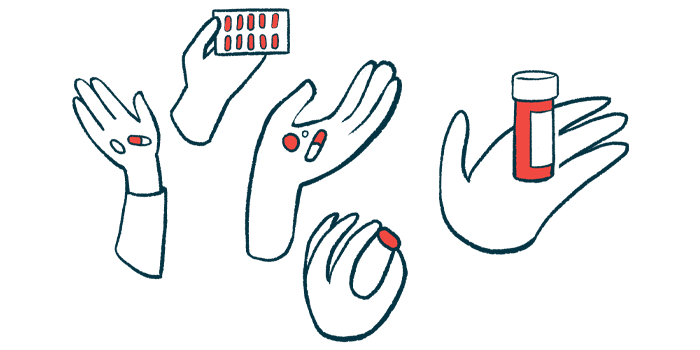Early diagnosis needed for Gambian children with sickle cell anemia
Study: Wider access to hydroxyurea may also be key to reducing complications

Most Gambian children with sickle cell anemia — the most common and severe form of sickle cell disease (SCD) — have mild to moderate disease, but early diagnosis and wider access to hydroxyurea may be key to reducing complications, a study found.
“The findings underscore the need for early diagnosis through neonatal screening and improved access to hydroxyurea and comprehensive care,” researchers wrote. “Further research into genetic modifiers may enhance individualized disease management.”
The study, “Severity patterns and predictors of sickle cell anaemia among Gambian children: A cross-sectional analysis,” was published in the Annals of Hematology.
Sickle cell disease especially common in sub-Saharan Africa
SCD occurs due to the production of a faulty version of hemoglobin, the protein in red blood cells that carries oxygen. The defective protein causes red blood cells to take on a sickle-like shape that makes them break down easily, causing anemia and blocking blood flow in small vessels, which reduces oxygen delivery to tissues.
The disease is especially common in sub-Saharan Africa, where it remains a major cause of death among children. Despite this, there is limited information about how severe the disease is in children in the West African country of The Gambia and which factors may worsen it.
To learn more, researchers carried out a study where they examined data from 164 children with a confirmed diagnosis of SCD who were being followed at a hospital in Banjul, The Gambia.
Of the children included in the study, 94 were boys and 70 were girls, with ages ranging from 11 months to 17 years. They were diagnosed with SCD at a median age of 18 months. Most children (72.6%) came from lower-income families, and the rest were from the middle class (19.5%) and upper class (7.9%).
The severity of SCD was classified into mild, moderate, and severe based on a clinical scoring system that combines information about symptoms, hospital visits, and laboratory results.
“It was chosen because it is simple, inexpensive, and feasible in resource-limited African settings,” the researchers wrote.
Boys more likely than girls to have worse disease
About two-thirds of children (67.1%) had mild disease, followed by moderate (31.7%), and severe disease (1.2%). Boys were more likely than girls to have more severe disease. Children who experienced more frequent painful crises, multiple hospital admissions, or repeated blood transfusions also had more severe disease.
Several laboratory parameters were also found to be correlated with disease severity. Children with very low hemoglobin and packed cell volume — the proportion of blood volume occupied by red blood cells — or with very high numbers of white blood cells scored higher on the clinical severity scoring system. In this system, a higher score indicates more severe disease.
Complications arising from sickle cell anemia were also linked to more severe disease. The most common complication was acute chest syndrome, which occurs when sickled red blood cells block blood flow in the lungs, followed by avascular necrosis, the death of bone tissue due to a lack of blood supply.
These barriers underscore the urgent need to improve access to hydroxyurea …, particularly for families facing financial challenges.
Less than half of children (39.6%) were on hydroxyurea, an oral medication approved to reduce the frequency of painful crises and the need for blood transfusions in people with sickle cell anemia. Children who were on hydroxyurea had a significantly higher mean severity score compared with those who were not (7.4 points vs. 5.99 points).
“This finding may seem paradoxical,” the researchers wrote. “However, in our setting, hydroxyurea is typically initiated only after patients present with severe disease manifestations. As such, its use is more likely a marker of underlying severity rather than a causative factor.”
The researchers also noted that not taking the medication regularly — due to frequent shortages at hospitals and its high cost — may limit its efficacy.
“These barriers underscore the urgent need to improve access to hydroxyurea …, particularly for families facing financial challenges,” they wrote.
This study is limited in part because it provides “a single snapshot of disease severity,” and “as a hospital-based study, [its] findings may not fully represent the wider community burden of [sickle cell anemia] in The Gambia.”
In addition to early diagnosis and wider access to treatment, the team noted that further studies on how genetic makeup may influence the severity of SCD may help improve care for children.








